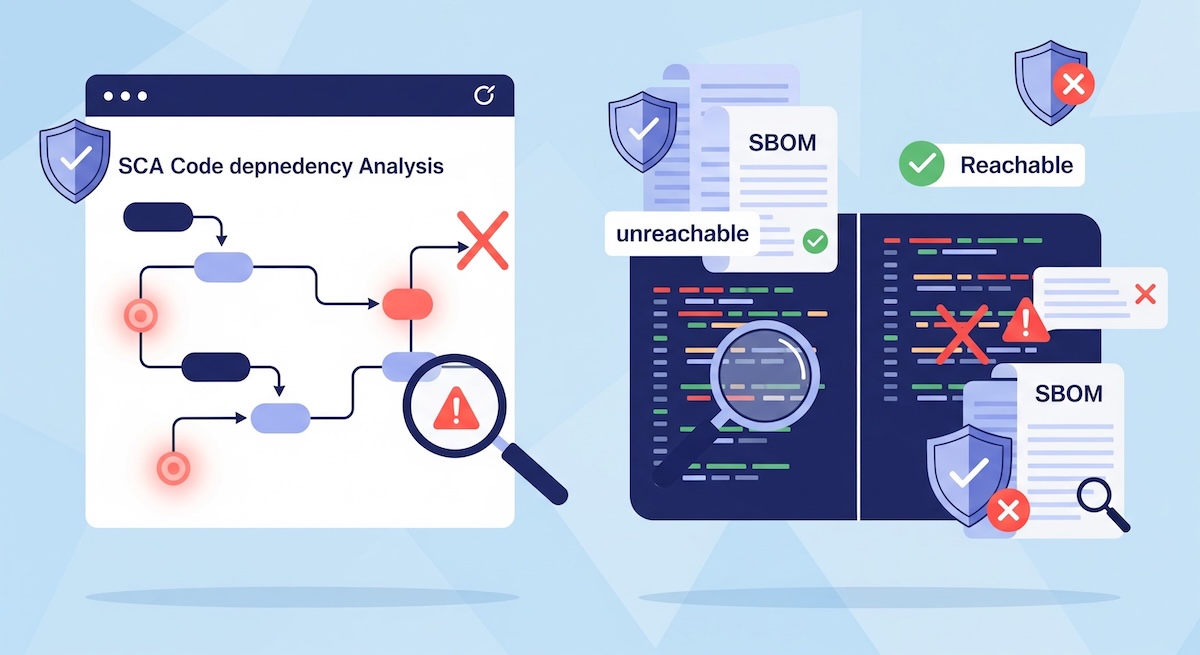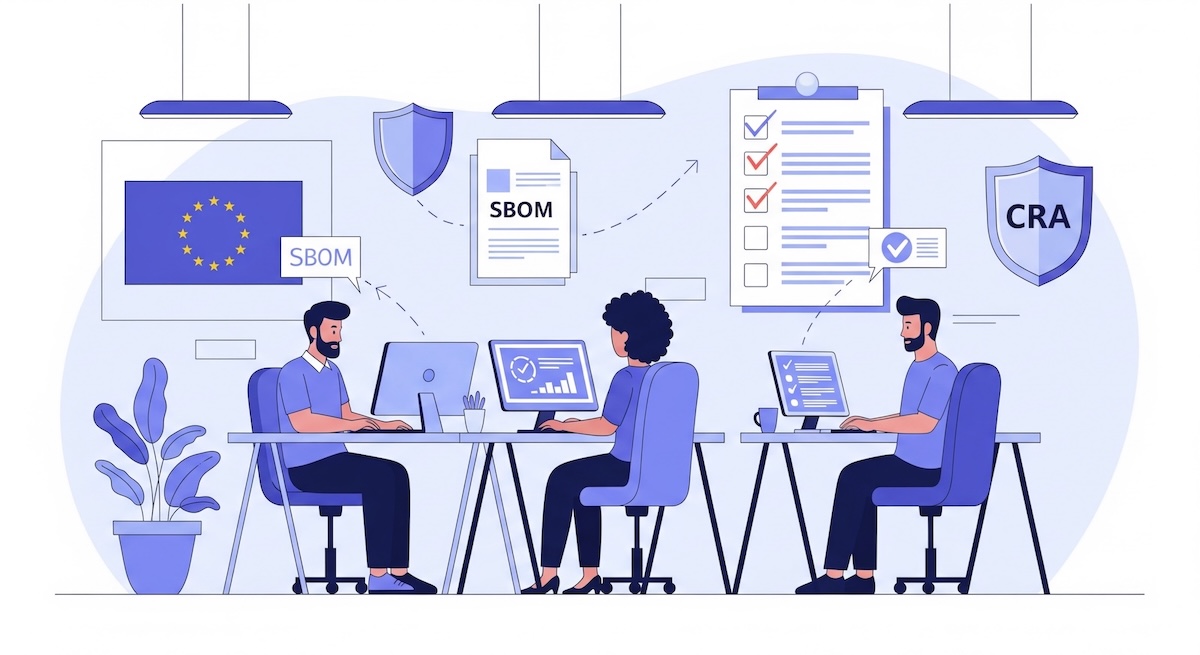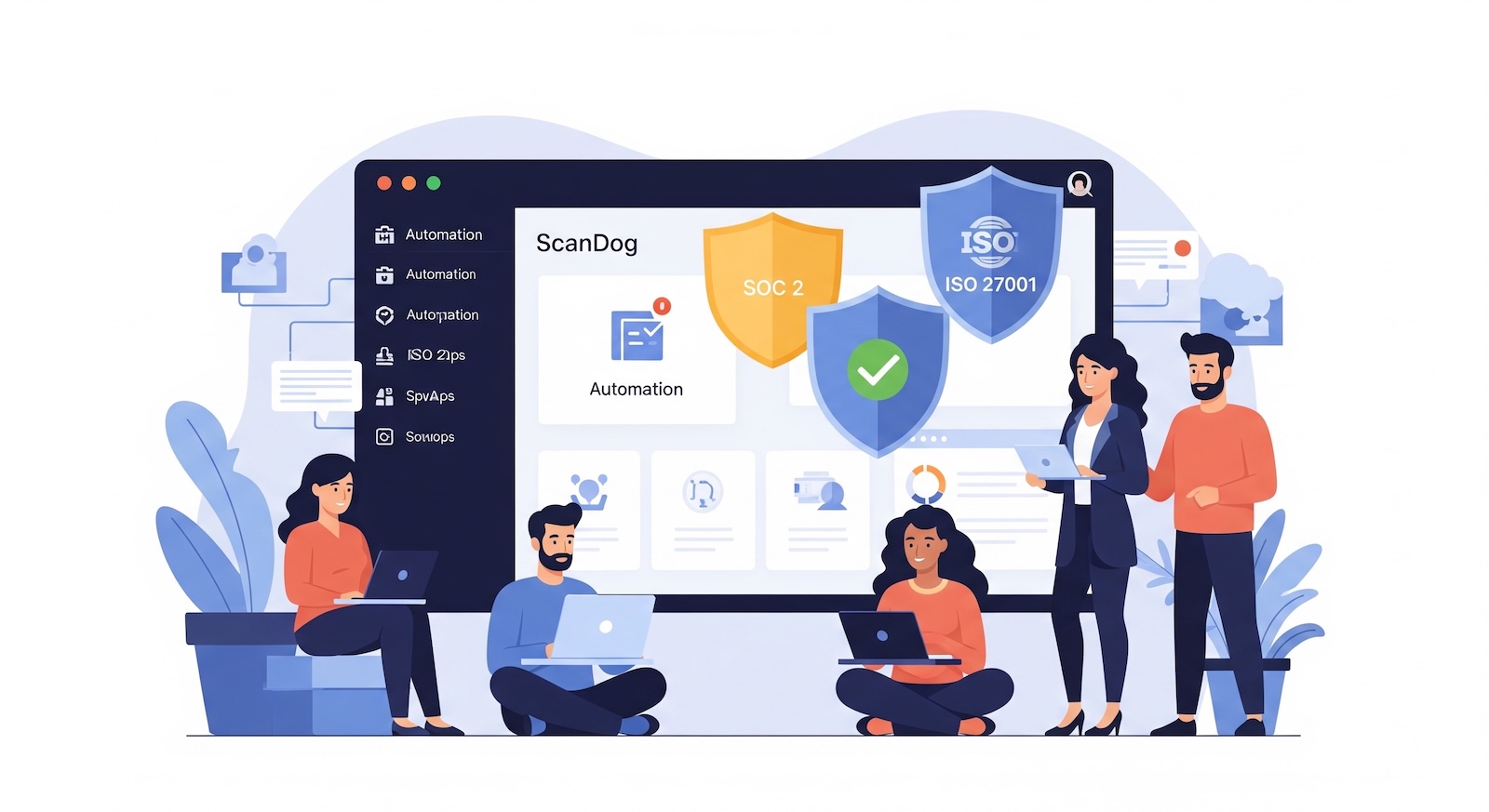In today’s fast-paced, interconnected world, cybersecurity has become more than just an IT concern—it’s a business-critical function. As digital transformation accelerates, organizations face an ever-growing range of cyber threats that can disrupt operations, harm brand reputation, and jeopardize customer trust. The key to staying ahead in this cybersecurity arms race? Vulnerability scanning.
Vulnerability scanning is the process of identifying, classifying, and remediating vulnerabilities in systems, applications, and network infrastructures. It is a proactive approach to managing and mitigating the risk posed by these vulnerabilities, and in 2024, it has never been more important.
Why Vulnerability Scanning is More Crucial Than Ever
In 2024, cyber threats are evolving at a breakneck pace, and attackers are becoming more sophisticated. With the rise of AI-powered attacks, ransomware, supply chain vulnerabilities, and zero-day exploits, it is essential for organizations to stay ahead of potential threats. Vulnerability scanning is one of the most effective ways to identify weaknesses before cybercriminals can exploit them.
1. The Growing Attack Surface
As organizations embrace digital transformation, the attack surface grows. Cloud adoption, remote work, IoT devices, and third-party integrations increase the number of potential entry points for attackers. Vulnerability scanning helps organizations map out their attack surface, identify exposed vulnerabilities, and prioritize remediation efforts.
2. Zero-Day Vulnerabilities Are on the Rise
Zero-day vulnerabilities—flaws that are unknown to the software vendor and not yet patched—pose a significant threat. Cybercriminals often exploit these vulnerabilities before a fix can be issued, leaving organizations exposed. Vulnerability scanning tools are evolving to detect these unknown risks by identifying suspicious patterns and behaviors that may indicate a zero-day exploit.
3. Regulatory and Compliance Demands
In 2024, cybersecurity regulations and compliance requirements are becoming more stringent. From GDPR to HIPAA, organizations are increasingly required to demonstrate that they have strong security measures in place, including regular vulnerability assessments. Failing to meet compliance standards can result in fines, legal repercussions, and damage to an organization’s reputation.
4. Proactive Threat Mitigation
Relying solely on reactive security measures is no longer enough. With vulnerability scanning, organizations can adopt a proactive security strategy. By identifying vulnerabilities before they are exploited, security teams can implement patches, workarounds, or configurations to address the risks. This proactive approach helps prevent costly security breaches and system downtime.
How Vulnerability Scanning Works
Vulnerability scanning involves the use of automated tools to scan an organization’s network, applications, and systems for known vulnerabilities. These tools typically compare the system against a database of known vulnerabilities, such as those in the Common Vulnerabilities and Exposures (CVE) list. The scan identifies weak points like outdated software versions, misconfigurations, and open ports that attackers might exploit.
While automated tools are highly effective, vulnerability scanning should be part of a larger, layered security strategy. A comprehensive security approach includes:
- Regular Scanning: Frequent scans help organizations stay on top of emerging vulnerabilities.
- Prioritization: Not all vulnerabilities are created equal. By assigning risk scores based on severity, exploitability, and potential impact, teams can prioritize remediation efforts more effectively.
- Continuous Monitoring: Vulnerability scanning should be part of a broader continuous monitoring effort to detect vulnerabilities as soon as they appear.
- Integration with DevOps: As more organizations adopt DevOps practices, integrating vulnerability scanning into CI/CD pipelines allows security to be built into the software development lifecycle from the outset.
Vulnerability Scanning in 2024: The New Frontier
In 2024, vulnerability scanning is no longer limited to traditional IT systems. The landscape is expanding, and vulnerability scanning tools are evolving to address the following trends:
1. Cloud Security and Container Scanning
Cloud-native environments have introduced new complexities in vulnerability management. Vulnerability scanning tools have become increasingly adept at scanning cloud infrastructure, containers, Kubernetes clusters, and serverless applications. Ensuring the security of cloud environments is a top priority, and advanced scanning solutions offer deeper insights into cloud-specific vulnerabilities, helping teams secure virtual machines, containers, and microservices.
2. AI-Driven Vulnerability Detection
The rise of artificial intelligence (AI) has enabled smarter vulnerability detection tools. These tools use machine learning algorithms to identify anomalies, predict potential risks, and detect vulnerabilities that traditional methods might miss. AI-powered vulnerability scanning tools can continuously analyze large datasets, making them faster and more accurate in identifying emerging threats.
3. Automated Remediation and Fixing
Another important trend in vulnerability scanning for 2024 is the shift toward automation. Automated remediation tools are now integrated into scanning solutions, allowing vulnerabilities to be patched or mitigated automatically. This reduces the burden on security teams and accelerates the process of risk mitigation.
4. Integration with Other Security Tools
Modern vulnerability scanning solutions are being integrated with other security tools, such as threat intelligence platforms, Security Information and Event Management (SIEM) systems, and Security Orchestration, Automation, and Response (SOAR) platforms. This integration allows for better threat correlation, faster response times, and a more comprehensive security strategy.
Challenges in Vulnerability Scanning
Despite its importance, vulnerability scanning does come with challenges:
1. False Positives and False Negatives
Automated vulnerability scanning tools can sometimes generate false positives, where they flag harmless issues as critical, or false negatives, where they miss actual vulnerabilities. While advancements in AI and machine learning are helping reduce these errors, they remain a challenge that security teams need to address.
2. Prioritizing Vulnerabilities
Given the sheer volume of vulnerabilities, it can be overwhelming for security teams to determine which ones to address first. Not all vulnerabilities pose the same level of risk, and prioritization requires a strong understanding of the potential impact on the business.
3. Complexity of Modern IT Environments
Modern IT environments, with hybrid cloud infrastructures, containers, and microservices, require vulnerability scanning tools that are flexible and adaptable. Ensuring comprehensive coverage across these complex environments can be difficult, and security teams must continually evaluate and update their tools and strategies.
Conclusion: Staying Ahead in 2024
Vulnerability scanning is a critical part of any cybersecurity strategy, especially in 2024 when the landscape is more complex and dangerous than ever. The rise of AI-powered attacks, cloud-native technologies, and the ever-expanding attack surface require organizations to be more proactive and agile in their vulnerability management efforts.
By implementing regular vulnerability scans, adopting a risk-based approach, and utilizing advanced tools that integrate into modern development pipelines, organizations can stay ahead of potential threats and minimize their exposure to cyber risks.
In the cybersecurity arms race, vulnerability scanning is one of the most powerful tools at your disposal. By staying vigilant, adopting new technologies, and continuously refining your approach, you can better secure your organization and build resilience against the evolving cyber threats of 2024 and beyond.
About
ScanDog
ScanDog is an AI-powered Application Security Posture Management (ASPM) platform that helps development teams build secure software faster. With advanced vulnerability prioritization, reachability analysis, and AI-assisted remediation, ScanDog cuts through the noise of false positives to focus on what truly matters.



